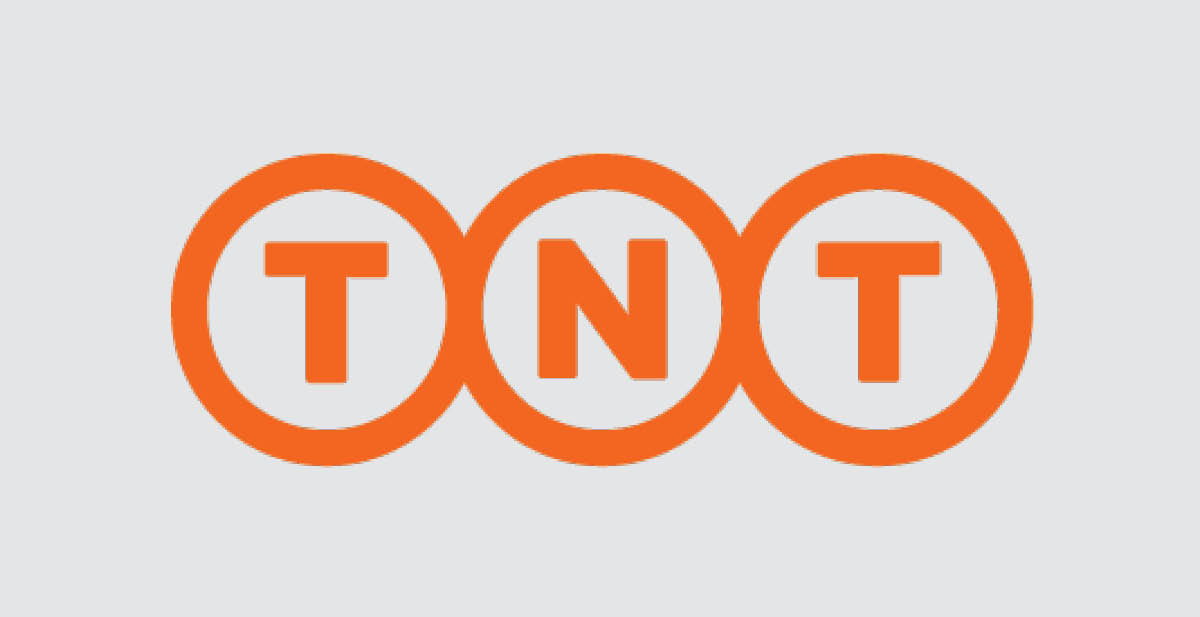
Popular wisdom may be popular, but it’s not always accurate. For example popular wisdom says that high-value letter mail should be hand sorted to avoid a host of processing problems, including double feeds and the resulting mis-sorts. When considering its registered mail items for domestic delivery, TNT had the knowledge and experience to realize that two-pass hand sorting wasn’t the answer and looked for an alternative to this costly approach for use at its Arnhem facility in the Netherlands.
With guaranteed delivery to the correct address within one day, a mis-sorted piece means TNT has to use a private courier to achieve its delivery goal. At E100 or more for each such delivery, mis-sorts must be minimized. In addition to the specifications for no mis-sorts and a large labor cost reduction, the chosen solution had to be so simple to operate that a novice could be trained in an hour or less.
Of those responding to TNT’s request for proposals, only ID Mail Systems took the unconventional approach of blending manual and automated functionality. Using a feeder belt with clearly marked visual targets, personnel feeding mail would be able to manually place items on the belt at any or all of the four feeding positions on its enhanced flagship product, the Dispatcher. This approach guaranteed that double feeds and mis-sorts would be no more than with hand sorting. The four feeding stations were targeted to process 7,000 pieces per hour – but could they do it? Indeed, they could. With two Dispatchers the installed solution is now consistently processing 14,000 pieces per hour and 50,000 pieces in a single shift.
But how can you train someone to operate a sophisticated piece of equipment in an hour? The answer lies in simplifying the software. By combining icons, a touchscreen and the operators’ native language, only a few simple steps are required for training. With such simplification less experienced personnel can achieve operator status in a relatively short period of time without the need for learning the nuances and complications of more intricate systems. The new Dispatcher achieves the unthinkable – making a complex system simple via the elegant combination of technology and ingenuity.
During processing on the two installed Dispatchers, when an item is placed on the belt at one of the manual in-feed positions, the 33cm field-of-view greyscale camera lifts the item’s image and passes it to TNT’s powerful recognition software where the address as well as multiple barcodes can be carved and interpreted. Following OCR/BCR, the address information is looked up in the TNT database. When multiple barcodes or a barcode and an address are present, the lookup includes a decision tree to arbitrate ties and conflicts. Once a delivery point is decided, the sort decision is passed back to the Dispatcher where machine control ensures the item is sorted to the appropriate bin.
“We realized at the outset that asking ID Mail to employ offline lookup and sort decisions wasn’t the standard method of operation,” says Johan Oudsen, director of operations at the Arnhem facility. “But with close coordination between our two teams we felt strongly that our cost containment, accuracy and delivery goals could be successfully achieved. And to the credit of both teams, it has been achieved.”
The registered items begin arriving at the facility by 20:30, with the largest volumes received between 23:00 and 24:00. Using both Dispatchers, about 30 percent of pieces are sorted in a single pass. By eliminating the entire manual first pass and reducing the second by 30 percent, hand sortation labor is minimized. Although it may seem a luxury to reduce the second pass volume, at Arnhem it’s a necessity. Sorting must be completed by 01:30 with everything loaded on trucks and headed towards local delivery points by 03:00.
“Perhaps our greatest concern in accepting the challenge TNT put before us was the prospect of processing 50,000 items in such a short time,” comments Jerry Fenerty, president of ID Mail Systems. “But with the Dispatchers’ mix of speed and accuracy the deadlines are met each night and labor costs have been minimized.”